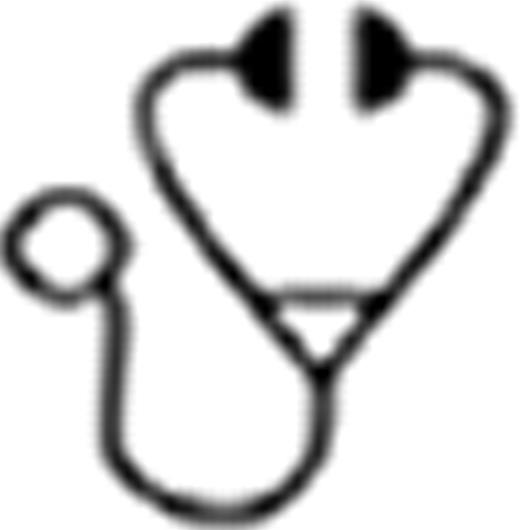Abstract
Abstract  4104
4104
Patients undergoing hematopoietic stem cell transplantation (HSCT) are at increased risk of developing (severe) opportunistic infections, which can be attributed to the combination of a decimated immune system and disrupted epithelial barriers. Innate lymphoid cells (ILCs) represent a novel family of regulator and effector cells that share phenotypic and functional characteristics with both NK cells and T lymphocytes, but are non-cytotoxic and lack antigen specific receptors. ILCs serve important roles in the maintenance of epithelial integrity and - as part of the first line of defence - in protection against microbes. ILCs are mainly tissue-resident and can be identified by the absence of lineage markers (Lin-) and bright expression of the alpha chain of the IL-7 receptor (CD127). Extensive research has been carried out focussing on the relative contribution of different immune cells to immune deficiency and graft-versus-host disease (GvHD) following HSCT. However, little is known about ILCs in this context. We studied reconstitution dynamics of ILCs in order to explore their function in tissue repair and mucosal immunity following HSCT.
Blood samples of adult patients (n=15) receiving an allogeneic HSCT after reduced-intensity conditioning (RIC) for acute myeloid leukemia (AML) were obtained at sequential time points during induction, consolidation and conditioning chemotherapy, at the day of HSCT and up to 6 months following HSCT. Peripheral blood ILCs were analyzed using flow cytometry and defined as Lin-CD127hi. The ILC population was further divided into various subpopulations using the markers NKp44, CRTH2 and CXCR3.
Induction and consolidation chemotherapy led to a significant decline in the number of circulating ILCs. Recovery of ILCs in between chemotherapy cycles was partial as ILC numbers improved without returning to healthy control values (n=10; reference values defined as upper and lower boundaries of 95% CI), in contrast to other innate cells such as neutrophils and NK cells. Following allogeneic HSCT, recovery dynamics of ILCs parallelled those of adaptive immune cells, rather than of innate cells: recovery was relatively slow, as normal numbers of circulating ILCs had not been reached 6 months after HSCT. In addition, we observed enrichment of a particular ILC subset, defined as Lin-CD127hiCD117+NKp44+ cells, in subgroups of patients after chemotherapy and HSCT. These RORγt-dependent ILCs have been found to comprise an important innate source of IL-22 (hence referred to as ILC22s), a cytokine crucial for epithelial homeostasis and induction of epithelial antimicrobial peptides.
Our observation of a relatively slow reconstitution of ILCs is notable since innate immune cells are generally known to recover within weeks to months after HSCT. In fact, ILC reconstitution following HSCT bears resemblance to post-transplantation adaptive lymphocyte recovery dynamics. Fitting with this notion, there is a certain degree of analogy between ILCs and T helper cells as ILCs with cytokine profiles resembling those of the various T helper subsets are found, i.e. ILCs producing mainly IL-13/5, IL-22, IL-17 or IFN-γ. Furthermore, proliferation and differentiation of the ILC subpopulations stands under the control of transcription factors known to be master regulators of the different T helper subsets (i.e. GATA3, Tbet, RORγt and AHR). Hence, our data show that the analogy between the ILC and T helper systems in terms of factors that control differentiation and function is matched by their similarities in reconstitution dynamics following chemotherapy and HSCT. Interestingly, following chemotherapy and allogeneic HSCT, ILC22s, known to be primarily dedicated to the maintenance of epithelial homeostasis, were found to be enriched in subgroups of patients. Damage to mucous membranes lining the gastrointestinal tract, due to chemotherapy-induced mucositis, conditioning radiotherapy or graft-versus-host disease, is a common problem that constitutes a significant limiting factor in HSCT. Therefore, improvements in the prevention or management of such epithelial damage are eagerly awaited. Our data suggest that ILCs may be involved in protection against and/or recovery of epithelial damage in patients with a hematological malignancy receiving chemotherapy and HSCT.
No relevant conflicts of interest to declare.
Author notes
Asterisk with author names denotes non-ASH members.

This icon denotes a clinically relevant abstract

This feature is available to Subscribers Only
Sign In or Create an Account Close Modal